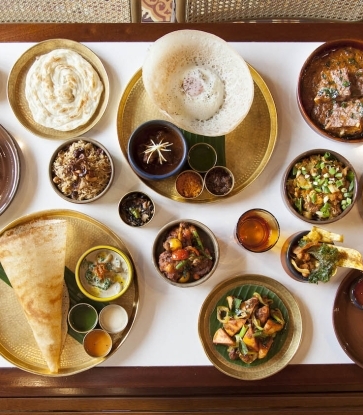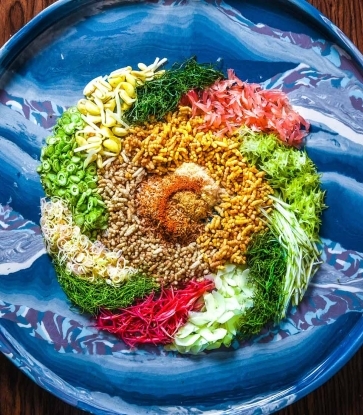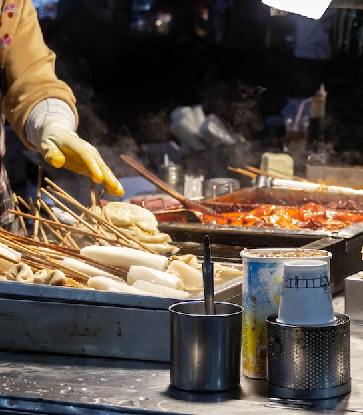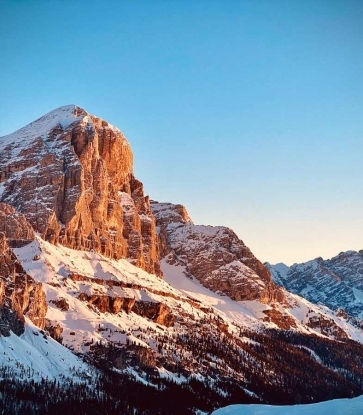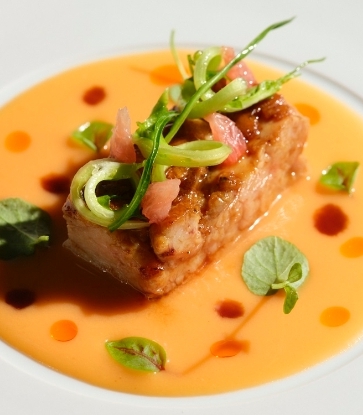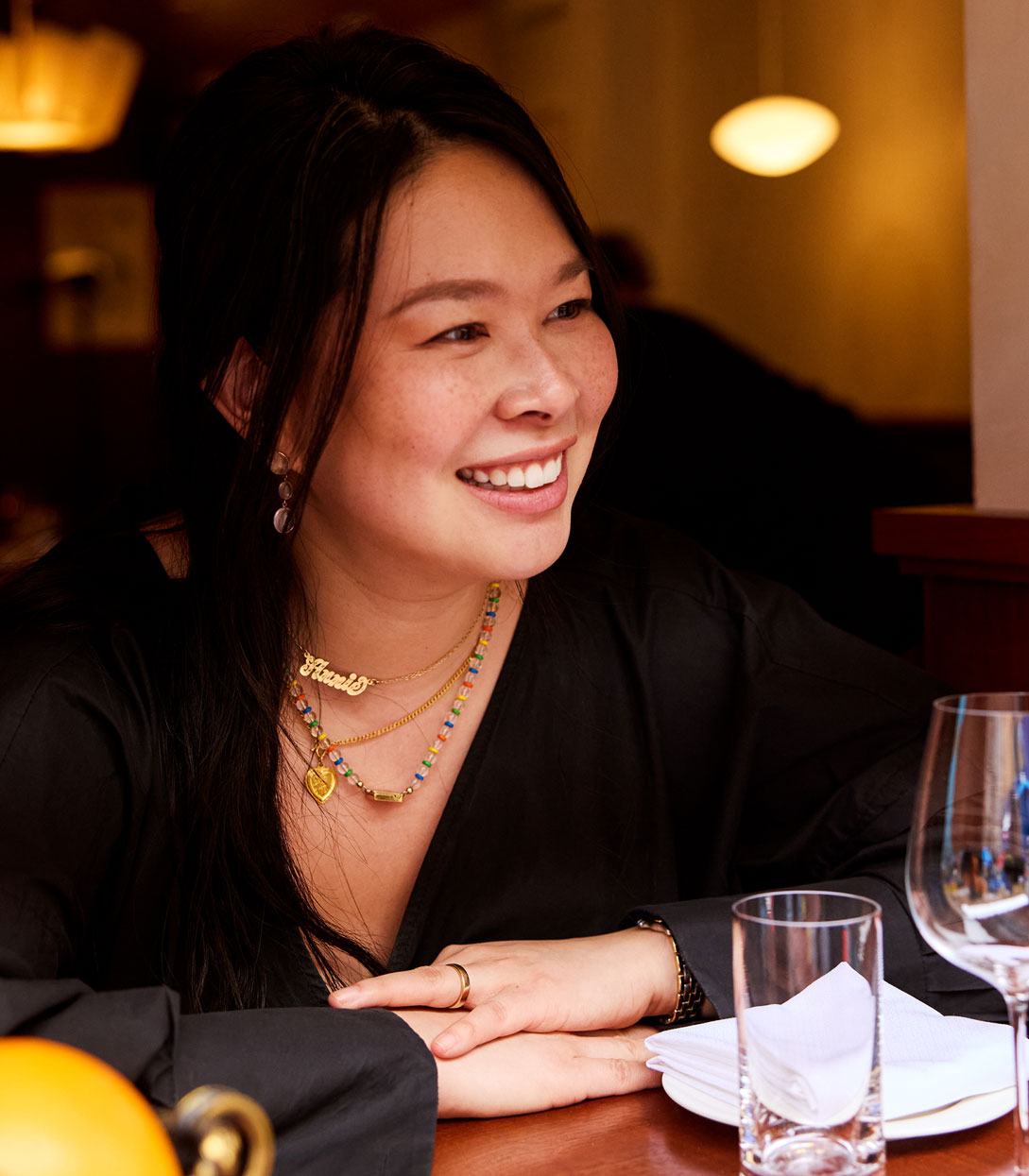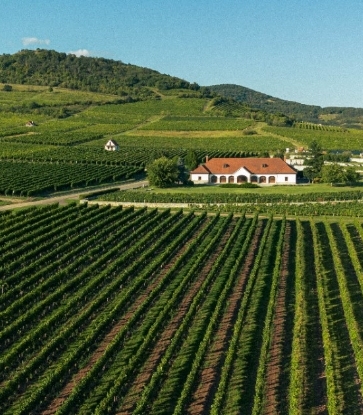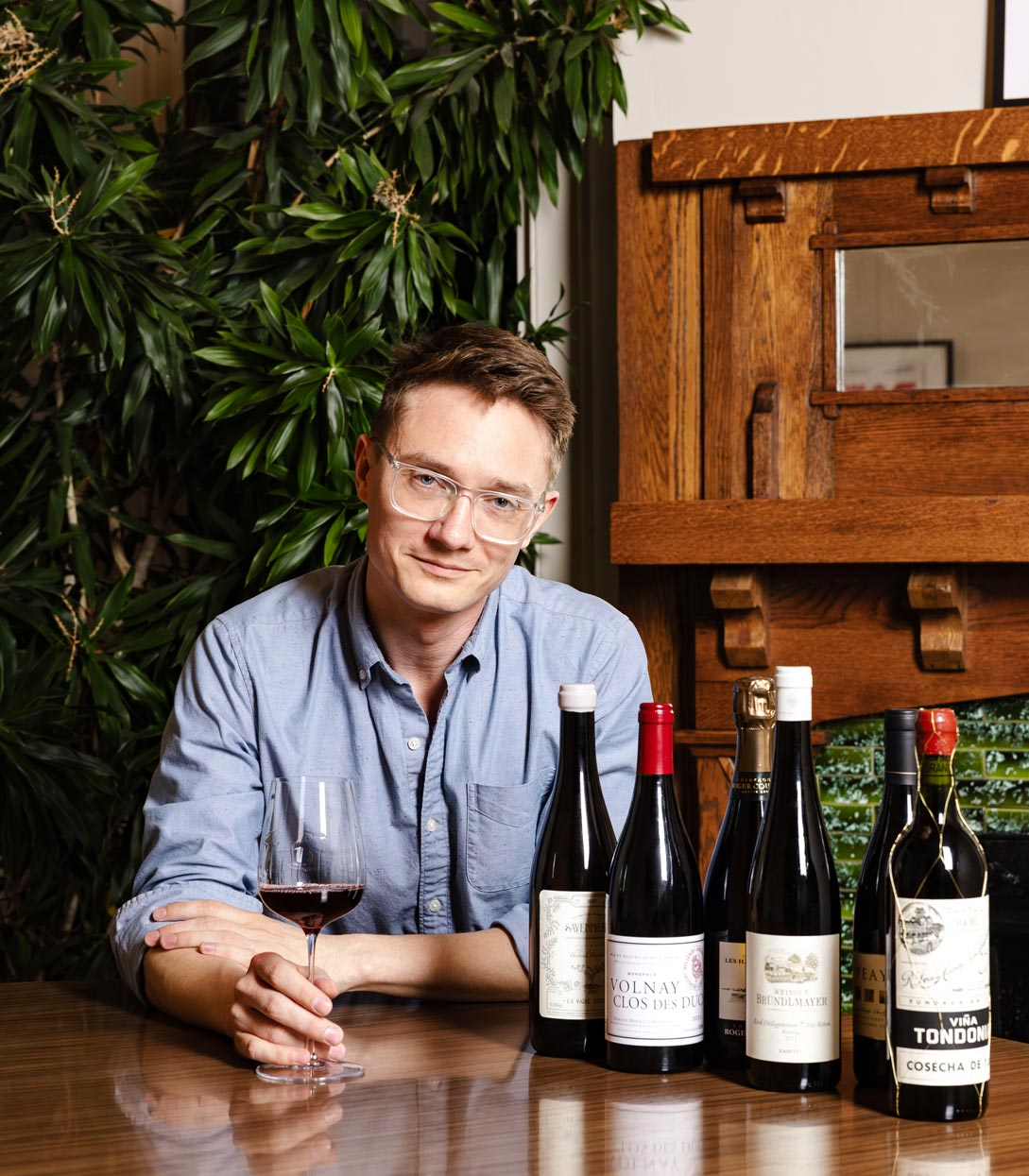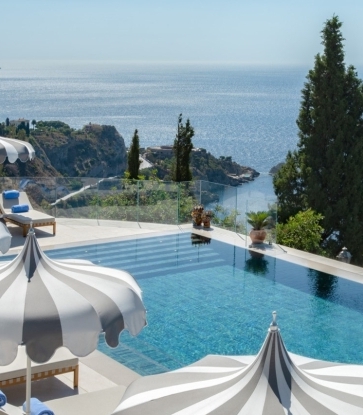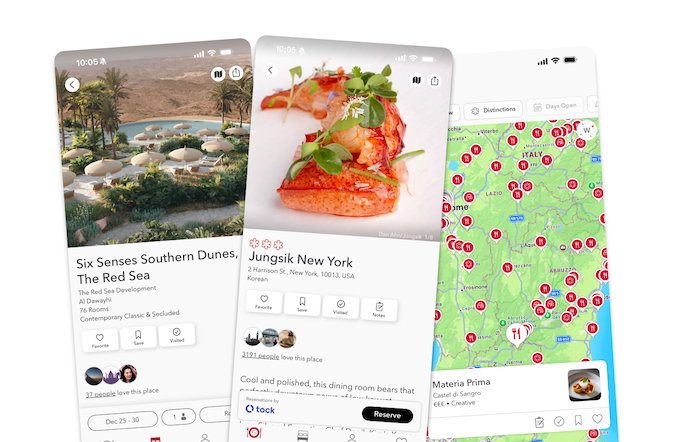Italy is famous for its wines, and when it comes to sparkling, Franciacorta is at the forefront. Produced in the Franciacorta area, in the province of Brescia (Lombardy, northern Italy), this premium sparkling wine is made using the traditional "metodo classico" (like Champagne) with secondary fermentation in the bottle, resulting in complex, refined notes that develop with aging. Just don't confuse it with prosecco, a sparkling wine from Italy that is mass produced using tanks alone.
Franciacorta is the first Italian sparkling wine made exclusively with the traditional method to receive DOCG status, which is Italy’s highest classification for wine. It represents the very best of Italian craftsmanship, combining tradition, innovation and a deep respect for the land. It is not just a wine, but the expression of a unique terroir and a lifestyle rooted in elegance and authenticity.
Dive in and explore the world of Franciacorta.
Where is Franciacorta from?
In the heart of Lombardy, Franciacorta is produced in a strictly defined area near Lake Iseo, between Milan and Verona. Its unique terroir creates ideal conditions for cultivating grapes and crafting refined, complex sparkling wines.
Shaped by glaciers from the Ice Ages, the region’s rolling hills and moraines continue to define the landscape. The soils are rich in sand and silt and highly permeable, while the continental climate benefits tremendously from the lake, which moderates temperatures year-round. Cool breezes from the Camonica valley and the lake’s warmth create an ideal environment for vine growing, and spring and summer storms provide moisture that nurtures the vineyards. This combination makes Franciacorta an exceptional terroir for crafting elegant sparkling wines.
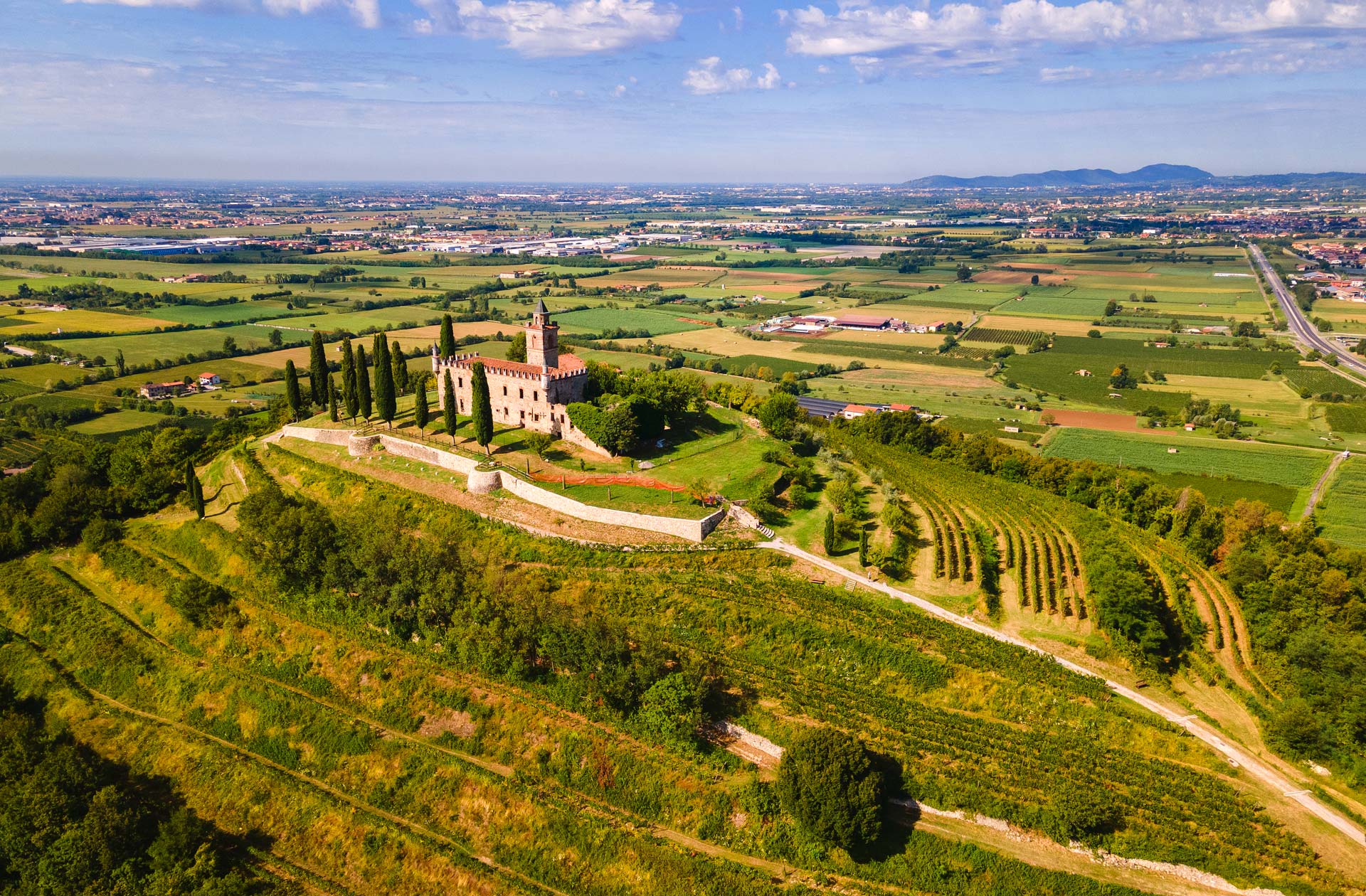
How is Franciacorta made?
Known for respecting tradition while simultaneously embracing innovation, Franciacorta is the first Italian sparkling wine made exclusively with the traditional method to receive DOCG status.
Its quality begins in the vineyard and continues through winemaking. Chardonnay, Pinot Nero, Pinot Bianco and Erbamat are used, hand-harvested at a maximum yield of 10 tons per hectare.
After a gentle pressing, the juice undergoes first fermentation in tanks. Producers blend cuvées from different grape varieties, vineyards and reserve wines. The second fermentation occurs naturally in the bottle, followed by slow aging on the lees: a minimum of 18 months for non-vintage, 30 months for Millesimato and 60 months for Riserva.
During aging, bottles are gradually rotated on tilted racks (remuage) so sediments settle in the neck and are removed. Finally, liqueur d’expédition is added, determining the wine’s final style and level of sweetness.
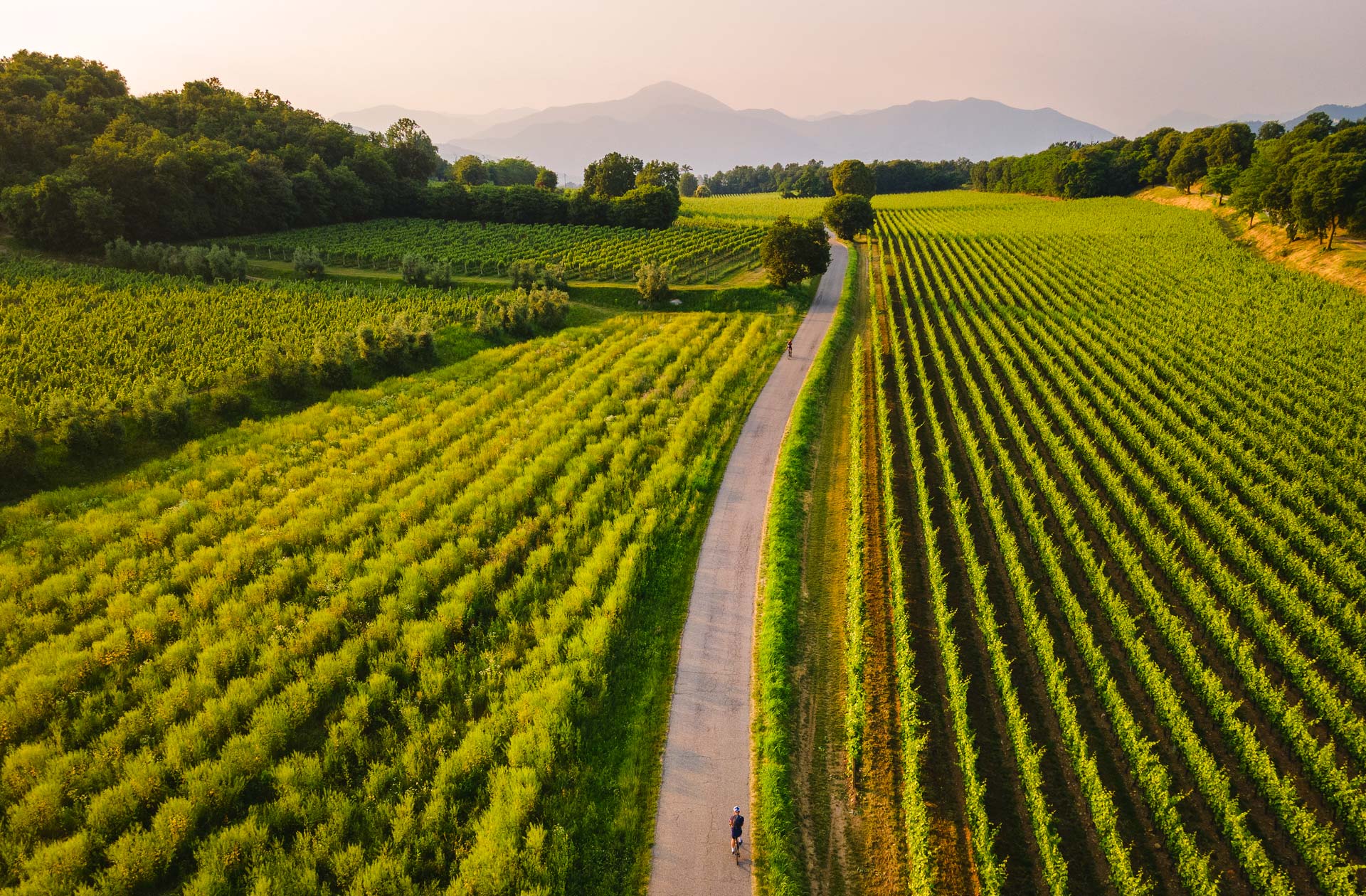
Types of Franciacorta
Franciacorta
Produced with Chardonnay and/or Pinot Nero with Pinot Bianco allowed up to a maximum of 50% and Erbamat up to 10%. The wine undergoes second fermentation in the bottle and spends a minimum of 18 months on the lees, reaching a bottle pressure of 5–6 atmospheres. Straw yellow with golden highlights and a fine, persistent perlage. Aromas include freshly baked bread, yeast and delicate notes of citrus, white fruit (peaches, apples, pears), dried nuts (almonds, hazelnuts) and dried fruits (figs). On the palate, it is savory, zesty and well-balanced.
Dosage: Pas Dosé, Extra Brut, Brut, Extra Dry, Sec (Dry), Demi-Sec.
Franciacorta Satèn
Produced exclusively from white grapes, mainly Chardonnay, with Pinot Bianco allowed up to 50%. This style is known for its lower pressure (maximum 5 atmospheres) and minimum 24 months on the lees, resulting in a softer, creamier expression. Straw yellow, sometimes with greenish highlights and an ultra-fine, creamy perlage. Aromas feature ripe white and yellow fruits, white flowers and almonds or hazelnuts. The taste is silky, balanced and tangy, with notes of vanilla and butter if aged in wood.
Dosage: Brut
Franciacorta Rosé
Made with at least 35% Pinot Nero, with Chardonnay, Pinot Bianco (up to 50%) and Erbamat (up to 10%) permitted. The Pinot Nero ferments in contact with the skins to achieve its pink color. Aged at least 24 months on the lees. The wine is in varying shades, with a fine, long-lasting perlage. Aromas of wild strawberry, black currant and raspberry mingle with floral and toasted notes. The palate is lively, full-bodied and elegant, marked by bright red fruit and balanced acidity and a clean, zesty finish.
Dosage: Pas Dosé, Extra Brut, Brut, Extra Dry, Sec (Dry), Demi-Sec.
Franciacorta Millesimato
From a single vintage (“millesimo”), at least 85% of the grapes must come from that year. Made only in exceptional vintages, it ages at least 30 months on the lees. The wines display aromas and flavors that reflect the character of the vintage, offering a distinct personality tied to that year’s growing conditions.
Dosage: Pas Dosé, Extra Brut, Brut, Extra Dry. Satèn Millesimato only in Brut.
Franciacorta Riserva
A single-vintage wine of the highest quality, aged a minimum of 60 months on the lees. The wine is complex and evolved, with rich, mature notes that develop through extended bottle ageing. Franciacorta at its best.
Dosage: Pas Dosé, Extra Brut. Satèn Riserva only in Brut.
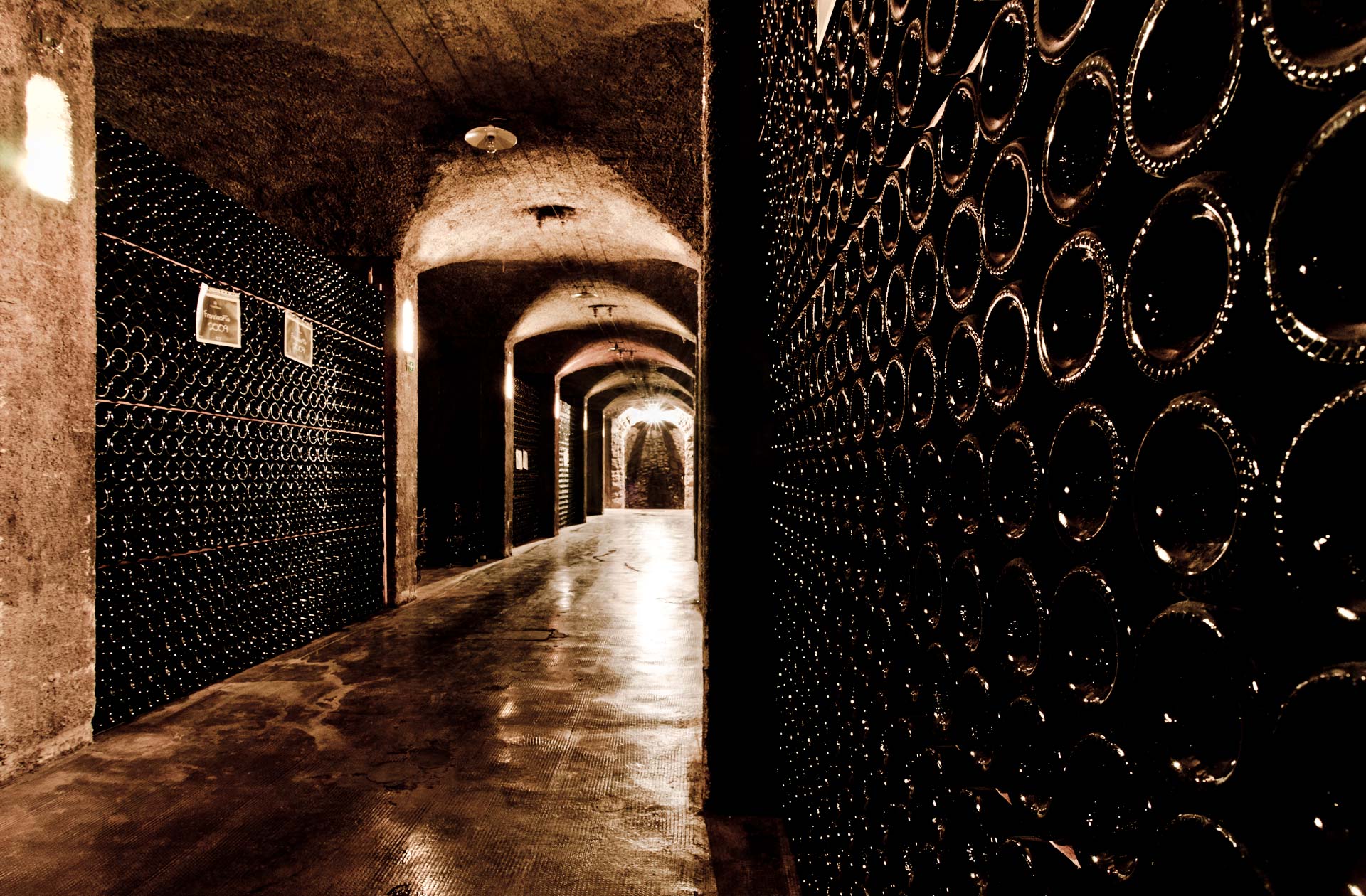
Grape Varieties
Chardonnay: Covers the majority of vineyards. Renowned for consistency, aromatic complexity and elegant freshness, it is mainly used for DOCG base wines and contributes to still Curtefranca Bianco.
Pinot Nero: Occupying about 17% of vineyards, it thrives in higher altitudes that are less fertile. It is used for single vintage wines and rose cuvees, bringing structure and longevity.
Pinot Bianco: A minor but important player for cuvée.
Erbamat: Introduced to enhance local identity and resilience to climate change, this grape adds natural acidity and zest to the base wine.
Dosage Levels (Taste Variations)
The sweetness level is refined by the dosage added after disgorgement.
Pas Dosé: driest
Extra Brut: very dry
Brut: dry, the most versatile Franciacorta
Extra Dry: rounded, goes well with a wide range of foods
Sec (Dry): slightly sweet
Demi-Sec: sweet, goes well with sweets
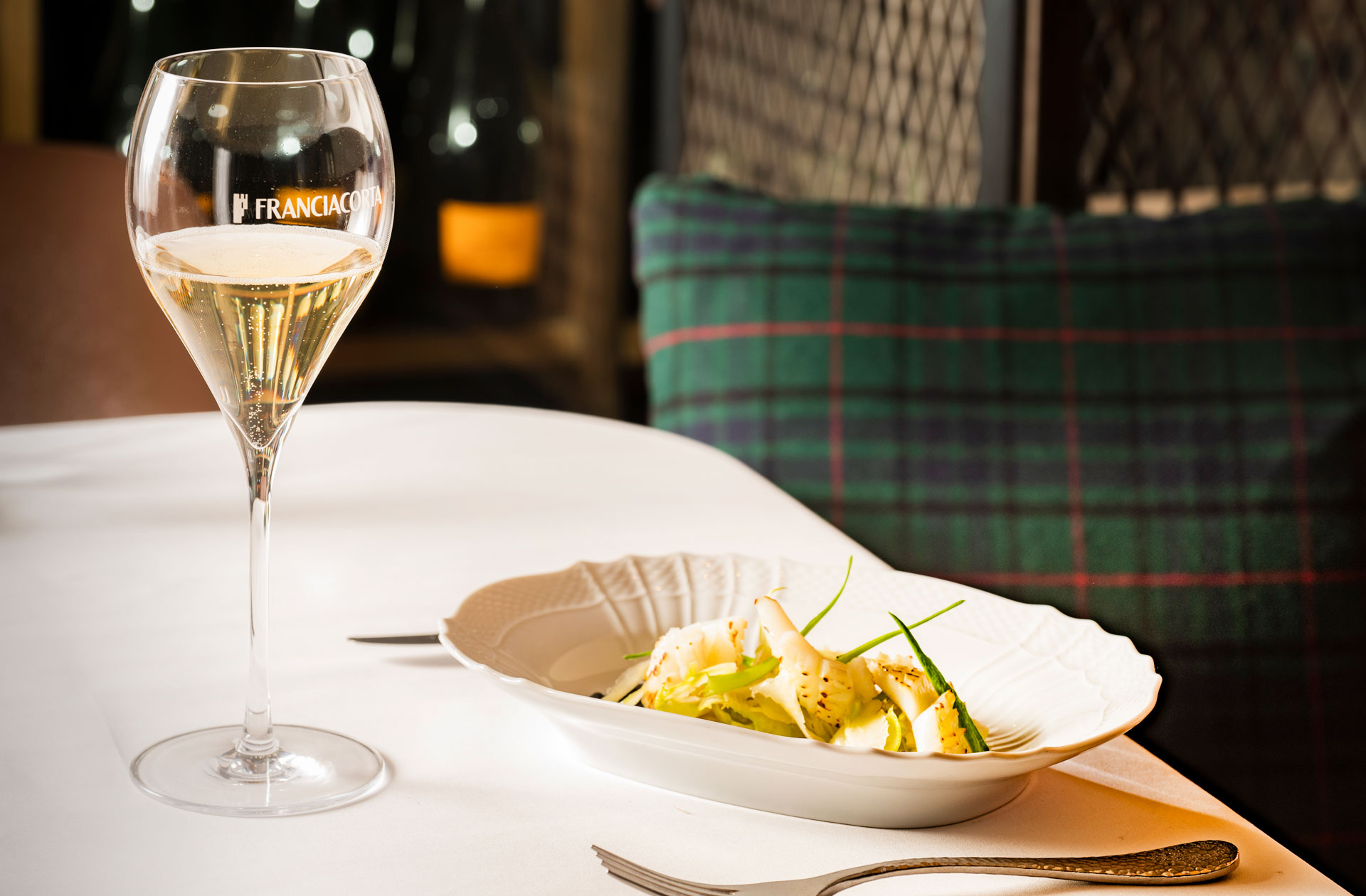
How can I experience Franciacorta?
One of the most delicious ways to experience Franciacorta is to try any one of its sparkling wines.
For those interested in diving even more deeply, Franciacorta offers exclusive tours of the region, complemented by incredible landscapes and a wealth of history. The area includes 122 wineries, churches, museums and other enchanting attractions.
To explore more in the world of Franciacorta, click here.

All images courtesy of Franciacorta


